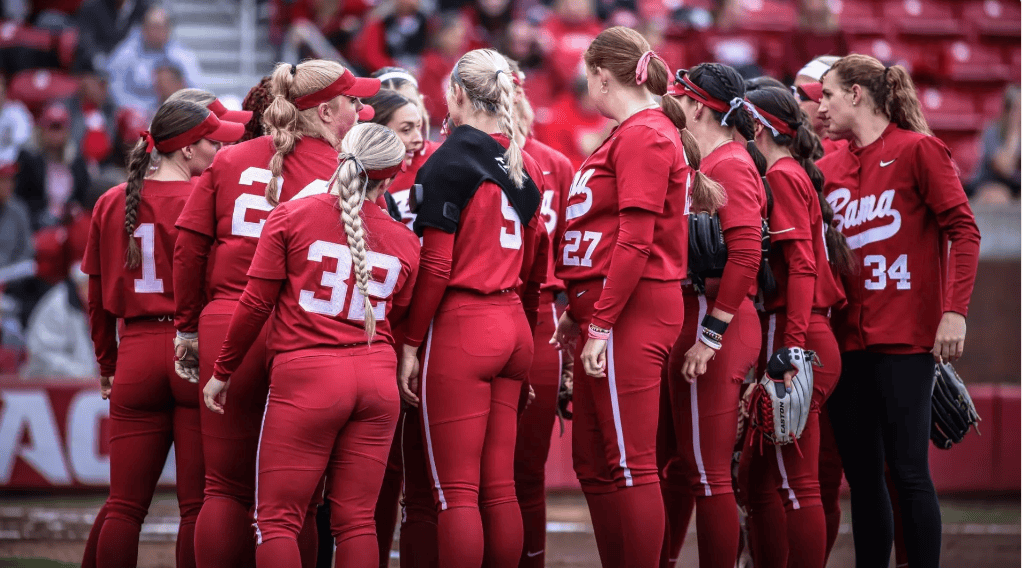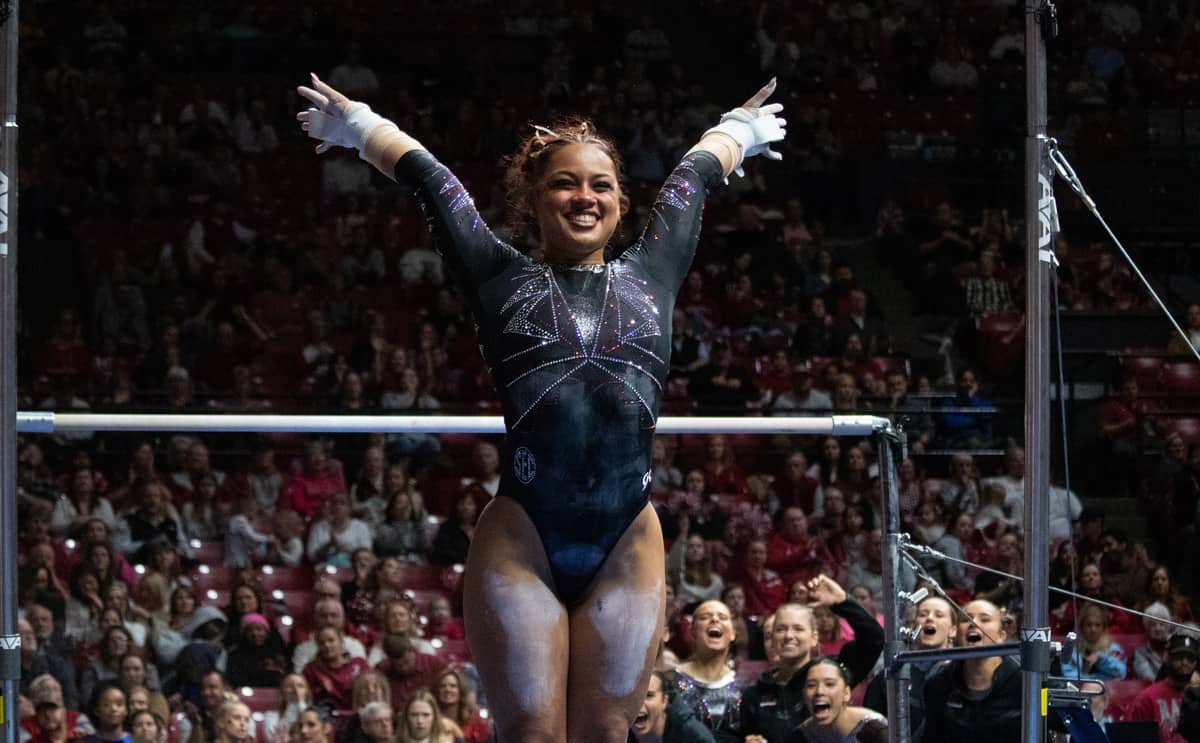After the Crimson Tide’s loss to Louisiana State University on Saturday, sports broadcasters and fans were already drawing out plans for how the Crimson Tide could still make its way to the National Championship if certain teams lost here and other teams won there.
The prospect of the BCS National Championship is the stuff of dreams for Crimson Tide fans, but when fans take the sport too seriously, that obsession with winning can become unhealthy, said David Barash, professor of psychology at the University of Washington.
Barash is no stranger to hate mail. In 2009, he wrote ‘The Roar of the Crowd’ in the Chronicle of Higher Education, posing the question of why fans care about the athletic performance of a group of strangers on a basketball court.
For all of the articles he has written about war and peace, religion and evolution, Barash received more letters of complaint about his article uncovering the assumptions of fandom. He said he held at least two of the emails to be legitimate threats.
“This whole thing – the whole focus people have on spectator sports – is downright ridiculous,” he said. “I have nothing against sports. Sports are great for the participants and their families, but why anyone else gives a damn is beyond me.”
Barash asks a question few fans may have answers to: What substantial interests do I have in the outcome of this game?
If fans treat their cherished sport with a reasonable measure of distance, then the result of a loss is upsetting but not a traumatic experience. Barash fears the evidence studying the behavior of avid sports fans indicates that when their team loses, diehard sports fans can go through some serious bouts of depression and anger.
“There is no doubt that there are people who get seriously depressed when their team loses,” he said. “Ideally, there is some positive to the side of spectator sports. For instance, when LSU wins, their fans are really happy. Maybe on balance, it’s a zero-sum game for society, contributing to a total net happiness, so that for every winner there’s a loser. But I don’t think that’s the case because there are some people who are on the brink of mental stability.”
Football may be a religion for Crimson Tide fans, but the emotional attachments people make to sports teams are not unique to Tuscaloosa. Identifying with a nearby sports program is a modern human quality shared worldwide, said Rosanna Guadagno, assistant professor of psychology at Alabama.
Although fans use a particular sports team to distinguish themselves as different from fans of other teams, all of the fans in the aggregate are exhibiting a biological drive to associate with groups, she said.
“It’s totally normal to associate with groups; in large part, that’s what being a fan is,” she said. “We have developed as a species that group membership is essential for survival.”
Guadagno is no exception to the rule. Despite being raised in California, Guadagno could not resist the temptation to commit her loyalty to the Crimson Tide once she began working for the University.
“I found the enthusiasm of the fans contagious,” she said.
The innocent enthusiasm of fans has a dark underside, though, said David DeWitt, a senior fellow in the Blount Undergraduate Initiative.
“College football extends our familial and socio-cultural lives into a tribal dynamic, in the anthropological sense,” he said in an emailed statement. “That entails projection and extension of our religious beliefs, even to the point that we might even gain our most intense expression of those urges.”
Far from being a simple venue of entertainment for weekend leisure, college football represents a psychological need to externalize animosity and demonize outside groups.
“The functional social dynamics of tribalism is that a cultural circle with hard psychological boundaries is first drawn around the tribe itself,” he said. “Internally, the tribe establishes its hierarchy, rituals, rites, totems, taboos, etc. Dissenters and malcontents are promptly stigmatized, and some actually scapegoated – driven out beyond the circle of the tribe.
“Externally, the circle of the tribe is clearly separated from all others, and especially the aggressive threat of a rival tribe as competitor. Outsiders are demonized in a zero-sum (win-lose) survival dynamic.”
Football serves as an acceptable outlet for these primordial desires in civilized society but does not change the nature of the desires satiated.
“In contemporary, postmodern America, the world of mediated entertainment and sports tends to displace or obscure the daily life world of a shared consensus regarding the nature and limits of social reality,” he said. “More intense competition naturally heightens this disparity.”
College football in the South during the Civil Rights Movement gained an unprecedented momentum with the advent of Paul “Bear” Bryant’s legacy for winning, but the games he won symbolized something more than just a winning spirit.
In light of the South reeling from the defeat in the Civil War and Reconstruction, southern historians point to the South’s need for a symbol of victory to rally behind to build pride in the region, DeWitt said.
The intellectual movement known as the Lost Cause, which portrayed the Confederacy as a noble cause with leaders of chivalric dimensions, was woven directly into the narrative of southern prowess on the football field.
“We now have two Souths under our new collective narrative of the ‘Americanized South’: a white South and a black South,” he said. “The Lost Cause remains a sublimated aspect supporting the white South; the black South has its own victory narrative: the triumph of the Civil Rights movement, which is enshrined as well. Though the races often choose to ‘self-segregate,’ of course now there is a unified socio-cultural reality, and a premier venue of expression – American college football.”
Sectional conflict concentrated in sports fandom is nothing new if history has anything to say about the subject, Barash said.
Gladiatorial teams in ancient Rome were known by their colors, such as blue, red or green, and those colors were taken seriously as tools for distinction. Fans would buy paraphernalia colored according to the team they supported.
Modern college football, with trademarked jerseys and insignia, is no different, except that new mediums of mass communication can draw even more people into the fan-base.
“I don’t think it’s qualitatively different,” he said. “The difference lies in how fans are mobilized.”






